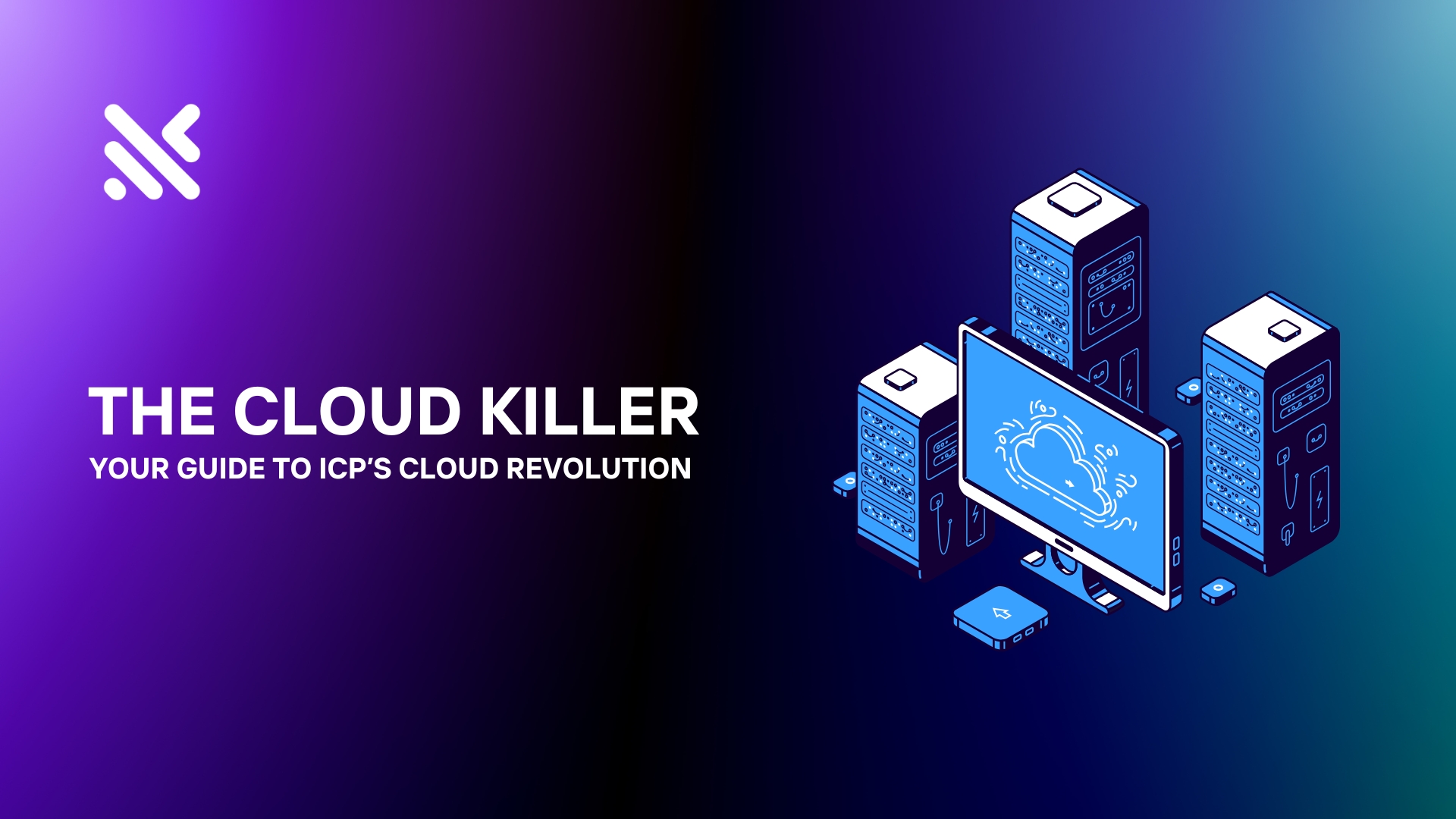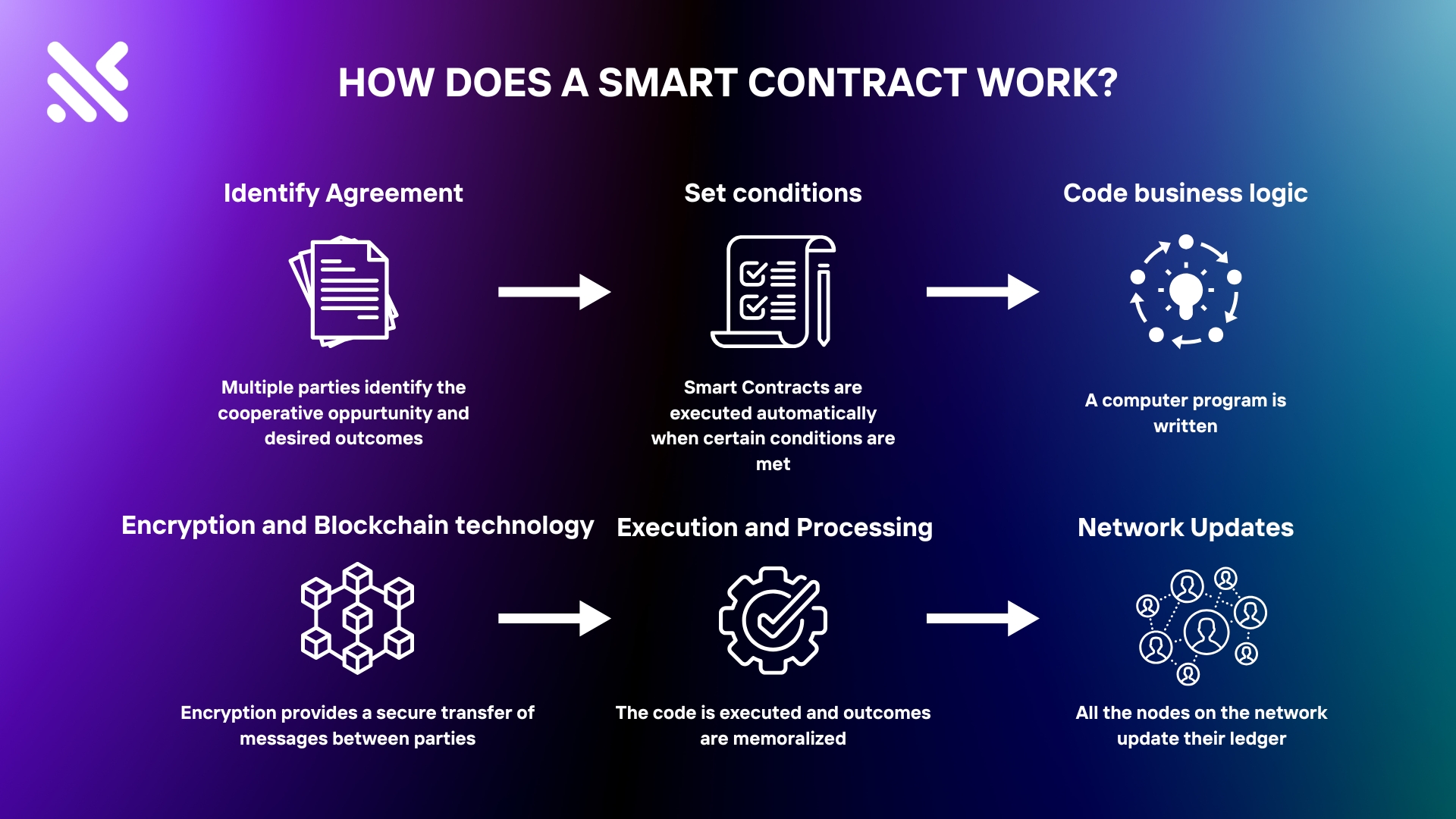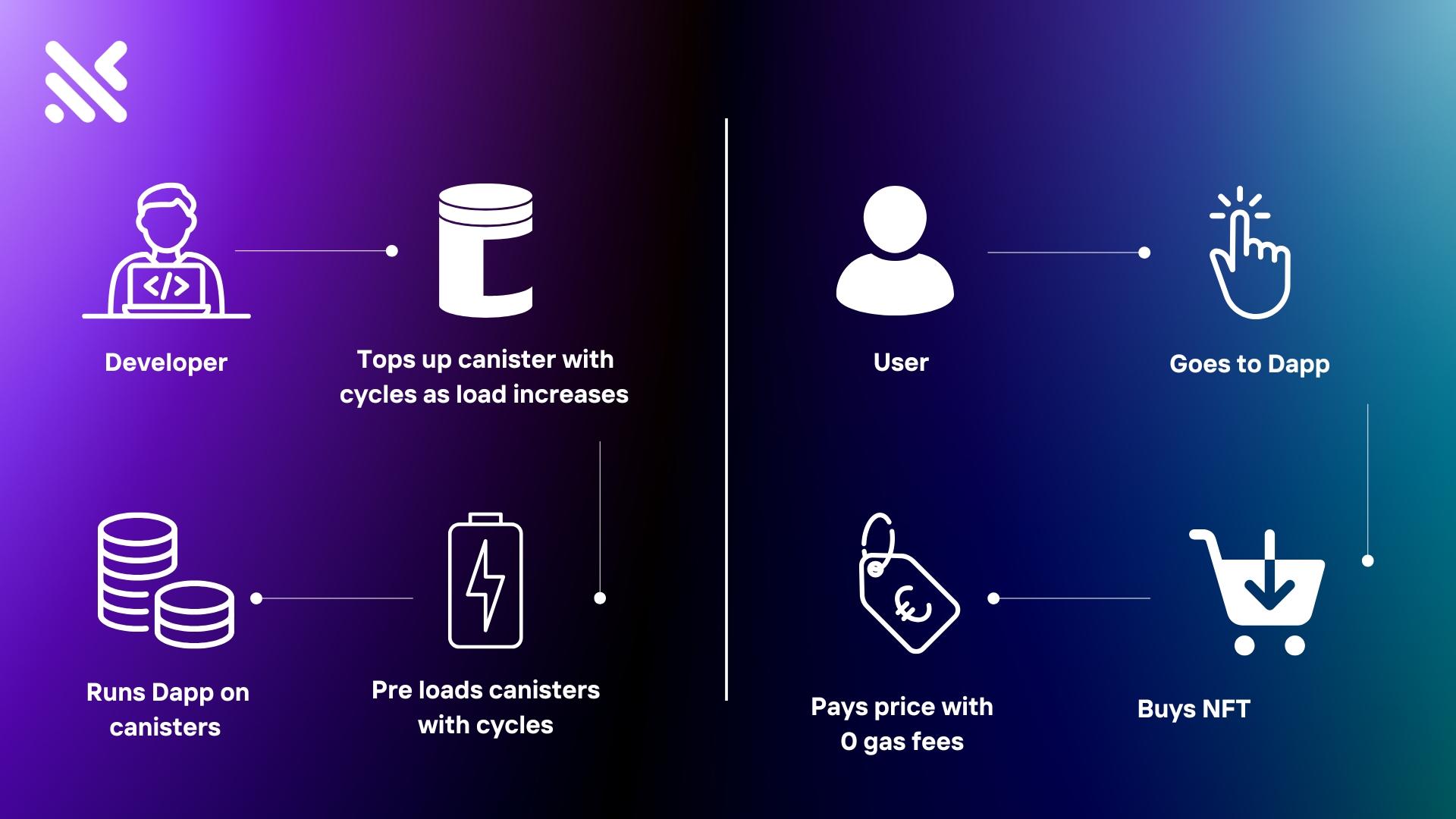
The Cloud Killer: Your Guide to ICP’s Decentralized Cloud Revolution
The cloud as we know it is evolving, and the Internet Computer (ICP) is at the forefront of this transformation. Traditional cloud services—controlled by a handful of centralized providers—have long dominated the digital landscape, offering scalability but at the cost of censorship resistance, transparency, and user control. ICP challenges this status quo with a decentralised cloud that redefines how applications are built, hosted, and scaled.
Unlike conventional cloud platforms, ICP eliminates the need for intermediaries, offering a fully decentralised environment where applications run directly on the blockchain. This guide dives deep into the groundbreaking technologies that power ICP’s cloud revolution, providing an in-depth look at why it stands as a formidable contender in the cloud computing space.
The Architecture of ICP’s Decentralised Cloud
ICP’s infrastructure consists of a global network of independently owned and operated data centers, all connected through the Internet Computer Protocol. This creates a decentralised “World Computer” that can execute workloads with web speed while maintaining blockchain-grade security and transparency.
At its core, the network is composed of node machines grouped into subnets, each running the Internet Computer Protocol and operating independently. These subnets function as distinct blockchain instances with their own cryptographic keys, allowing for parallel execution and limitless scalability.
ICP’s architecture introduces a significant departure from traditional blockchains, which often face congestion and high latency. Through its unique subnet blockchain model, ICP achieves high-speed processing and cost-efficient scalability while preserving the trustless nature of decentralisation.
Canister Smart Contracts: The Backbone of Decentralised Cloud Services
Canister smart contracts serve as the fundamental building blocks of ICP’s decentralised ecosystem. Unlike conventional smart contracts that execute simple logic, canisters are self-contained WebAssembly (Wasm) modules that bundle code, state, and storage, enabling complex, stateful applications to run entirely on-chain.
What sets canisters apart is their ability to support fully-fledged web applications, including frontends and backends, all without relying on centralized infrastructure. They communicate asynchronously through inter-canister calls, allowing for dynamic, scalable interactions across services.
This unique architecture empowers developers to build next-generation dApps with web-level performance while benefiting from blockchain-grade security and decentralisation.

Chain Key Cryptography: Scaling the Decentralised Cloud
One of the most innovative aspects of ICP is its Chain Key cryptography, a breakthrough that enables the network to function under a single public key, despite being composed of multiple subnets. This cryptographic advancement allows ICP to achieve seamless horizontal scaling while maintaining a unified identity across the ecosystem.
Chain Key cryptography introduces several key innovations that power ICP’s decentralized cloud:
•Threshold Signatures: A subset of nodes collectively sign transactions, improving efficiency without compromising security.
•Non-Interactive Distributed Key Generation (NI-DKG): Enables secure subnet creation without requiring human intervention.
•Verifiable Random Functions (VRFs): Introduces secure randomness for fair and unpredictable operations across the network.
These features collectively provide the scalability and security needed to support large-scale enterprise applications without the bottlenecks associated with traditional blockchains.
Reverse Gas Model: Rethinking dApp Economics
ICP disrupts the conventional Web3 cost model with its reverse gas mechanism, where developers, rather than users, bear the cost of computation and storage. Instead of requiring end-users to pay for each interaction, developers fund their applications using cycles, a stable resource unit pegged to the SDR (Special Drawing Rights).
This economic model significantly enhances user experience by removing financial barriers, enabling seamless interaction with decentralized applications without the friction of managing crypto transactions.
By offering predictable costs and efficient resource management, the reverse gas model positions ICP as a viable alternative for enterprises seeking to transition from Web2 to Web3 without compromising user accessibility.

Internet Identity: A Secure and User-Friendly Authentication System
Security and privacy are crucial in decentralized cloud computing, and ICP addresses these concerns through Internet Identity, an authentication system that eliminates reliance on traditional credentials.
By leveraging WebAuthn, a cryptographic standard integrated into modern devices, Internet Identity allows users to authenticate securely using their biometric data or hardware keys. This eliminates password-related vulnerabilities while enhancing privacy by enabling pseudonymous identities across different dApps.
For developers, this means seamless integration of secure authentication mechanisms without the complexities of handling sensitive user data, further strengthening the decentralized ethos of the Internet Computer.
The Future of Decentralised Cloud Computing on ICP
ICP is not just another blockchain platform—it’s a paradigm shift in how we perceive cloud computing. By combining decentralized infrastructure, scalable computation, and user-friendly economics, ICP is setting new standards for Web3 adoption.
As more developers and enterprises recognize the potential of building censorship-resistant, autonomous applications on ICP, the dream of a truly decentralised, user-centric internet is becoming a reality.
Whether you’re an enterprise seeking alternatives to centralized cloud giants or a developer looking for a platform that offers both scalability and decentralisation, ICP’s decentralised cloud presents an unparalleled opportunity to rethink the way we build and deploy applications.

